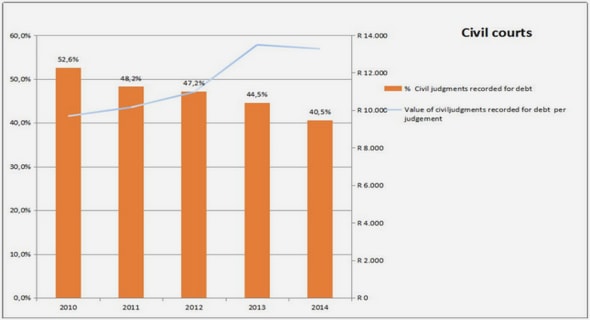(Downloads - 0)
For more info about our services contact : help@bestpfe.com
Table of contents
Introduction
1 Are consistent expectations better than rational expectations ?
1.1 Introduction
1.2 Literature
1.3 Framework
1.4 Long Run Equilibrium
1.4.1 Equilibrium definition
1.4.2 The Rational Learner Equilibrium
1.4.3 The Consistent Learner Equilibrium
1.5 Simulations
1.5.1 Overview
1.5.2 Summary of the model and the algorithm
1.5.3 Initialization
1.5.4 Baseline calibration
1.5.5 Experiments
1.6 Results
1.6.1 Summary
1.6.2 Main result
1.6.3 Exploration
1.6.4 The role of initialization
1.6.5 Path dependence
1.7 Extensions: misspecification and structural breaks
1.7.1 Intuition
1.7.2 Adding persistent unobservables
1.7.3 Adding structural breaks
1.7.4 Results
1.7.5 Why do rational learners misspecify their model
1.8 Discussion
1.9 Conclusion
2 Intertemporal Complementarity and the New Keynesian model
2.1 Introduction
2.2 Intratemporal Household choice
2.2.1 The household program
2.2.2 First order conditions
2.2.3 Separable preferences
2.2.4 Intertemporal nonseparability
2.3 Intertemporal Household choice
2.4 Implications for the New Keynesian model
2.4.1 Framework
2.4.2 The supply effect of the real interest rate
2.4.3 Monetary shocks
2.4.4 Demand Shock
2.5 A Bayesian estimation of the model
2.5.1 Baseline estimation
2.5.2 Inspecting the mechanism
2.5.3 Robustness
2.5.4 Quantitative implications of the estimated model
2.6 Discussion
2.7 Implications for the forward guidance puzzle
2.8 The model with varying wealth
2.9 Conclusion
3 Corporate Investment and Adverse Selection, A Reappraisal
3.1 Introduction
3.2 The adverse selection problem
3.2.1 Firms and lenders
3.2.2 Equilibrium Definition under private information
3.2.3 Characterization of the separating equilibrium
3.2.4 The scope of the equilibrium
3.3 The macroeconomic model
3.3.1 Extension of the equilibrium for time varying interest and discount rate
3.3.2 Dynamic equations for good and bad firms
3.3.3 Investment Dynamics
3.3.4 Steady state
3.4 Implications: Response to changes in borrowing cost
3.4.1 The determinants of corporate investment
3.4.2 Response of leverage to interest rate
3.4.3 Long run effects of changes in borrowing costs
3.4.4 Short run effects
3.4.5 Response to changes in opportunity cost
3.5 Conclusion




